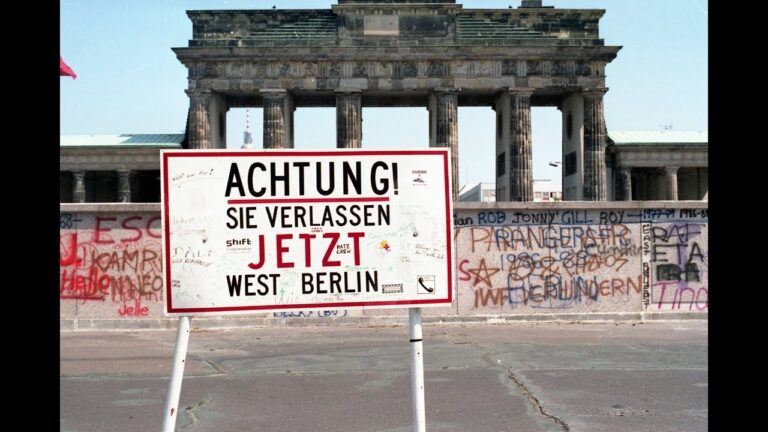The Brandenburg Gate is a symbol of Berlin and Germany. It was built in the 18th century and has become a symbol of freedom and unity. It stands as a reminder of the tumultuous history of the city and nation.
The Brandenburg Gate was built between 1788 and 1791. It was designed by Carl Gotthard Langhans, a German architect. The structure was originally intended to be a sign of peace and unity, as it was built during a period of relative calm in the city. It was also meant to be a symbol of Prussian power and strength.
The Brandenburg Gate is one of the most recognizable landmarks in the world. It is located in the heart of Berlin and has become a symbol of the city and country. It is often seen as a symbol of freedom and unity, as it stands as a reminder of the tumultuous history of the city and nation.
The Brandenburg Gate has gone through many changes over the years. During World War II, the gate was damaged and was not restored until the 1950s. After the fall of the Berlin Wall in 1989, the gate was once again restored and has since become a symbol of the reunification of Germany.
The Brandenburg Gate is a symbol of hope and unity for many people. It stands as a reminder of the city’s turbulent history and the hope for a brighter future. It is a symbol of freedom and unity, and it is a reminder of the resilience of the people of Berlin and Germany.
Symbolism of the Brandenburg Gate
The Brandenburg Gate is a symbol of hope, freedom and unity for many people. It is a reminder of the tumultuous history of the city and nation and a symbol of the resilience of the people of Berlin and Germany. It stands as a reminder of the power of peace and unity, and of the hope for a brighter future.
The Brandenburg Gate is also a symbol of the power of the Prussian state. The gate was designed to be a sign of Prussian power and strength, and it stands as a reminder of the strength and resilience of the Prussian state.
The Architecture of the Brandenburg Gate
The Brandenburg Gate is a triumphal arch made of sandstone and is topped with a quadriga, a chariot pulled by four horses. It is decorated with reliefs of scenes from classical mythology, as well as Prussian military motifs. The gate is 26 meters high and 65 meters wide.
Symbolism of the Quadriga
The quadriga atop the Brandenburg Gate is a symbol of victory and power. It is a chariot pulled by four horses, and it is a symbol of the power and strength of the Prussian state. The quadriga is a reminder of the resilience of the Prussian state and the hope for a brighter future.
Conclusion
The Brandenburg Gate is a symbol of hope, freedom and unity for many people. It stands as a reminder of the tumultuous history of the city and nation and a symbol of the resilience of the people of Berlin and Germany. It is a symbol of the power of peace and unity, and of the hope for a brighter future. The gate is also a symbol of the power of the Prussian state, and the quadriga atop the gate is a symbol of victory and power.
The Brandenburg Gate is a powerful symbol of hope, freedom and unity for many people, and it stands as a reminder of the tumultuous history of the city and nation. It is a symbol of the power of peace and unity, and of the hope for a brighter future.


0 Comments